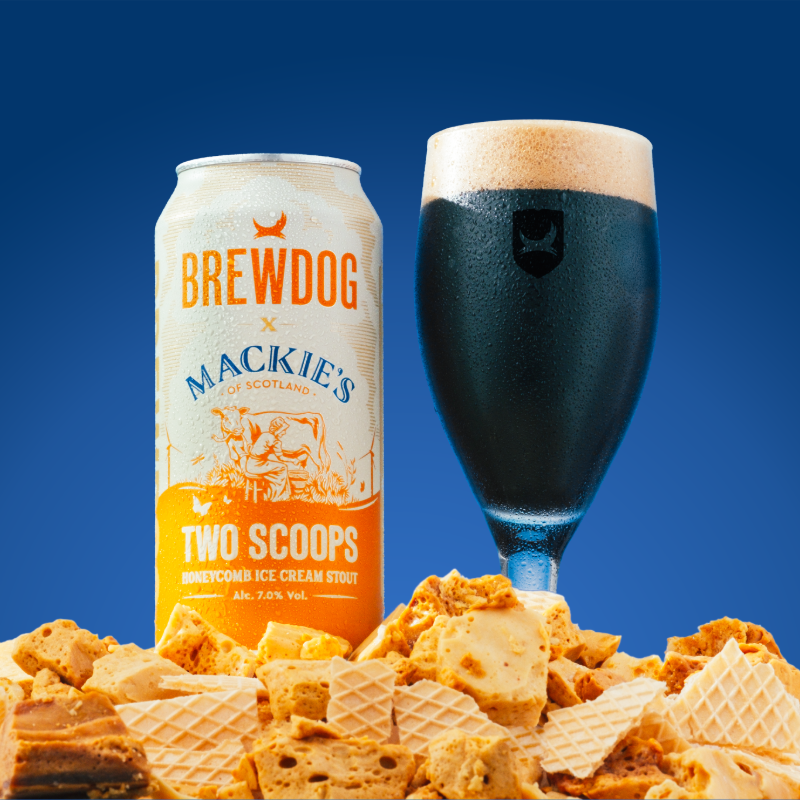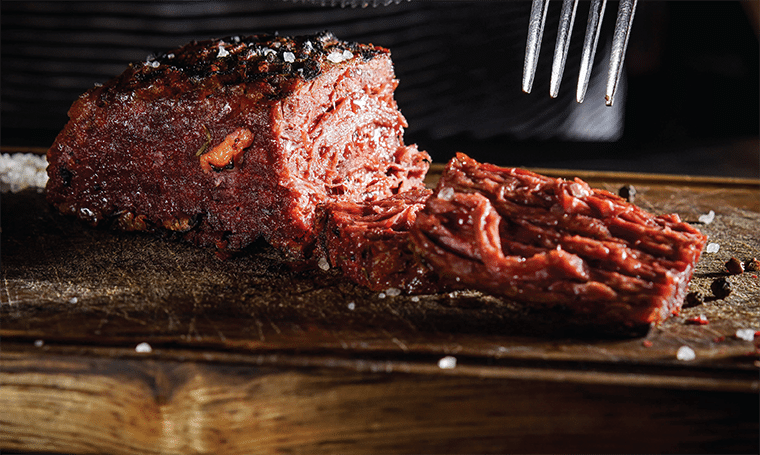Beer is one of the world’s oldest and most diverse drinks, with every country adding its own character through ingredients, climate, tradition and innovation.
From crisp lagers and historic Trappist ales to modern hop-heavy IPAs and rich imperial stouts, great beer truly knows no borders.
This list celebrates 100 of the most respected, influential, and beloved beers from around the world.
It’s not ranked by “best to worst”, instead, it’s a curated global tour showcasing quality, heritage, and standout flavour.
British Isles United Kingdom (Eire, England, Scotland, Wales, Northern Ireland)
Guinness Draught – Ireland
Fuller’s London Pride – England
BrewDog Punk IPA – Scotland
Timothy Taylor’s Landlord – England
Theakston Old Peculier – England
St Austell Tribute – England
Harvey’s Sussex Best – England
Samuel Smith’s Oatmeal Stout – England
Adnams Ghost Ship – England
Brains SA – Wales
🇧🇪 Belgium (Arguably The Spiritual Home of Beer)
Westvleteren 12
Chimay Blue
Orval
Duvel
Rochefort 10
Westmalle Tripel
La Trappe Quadrupel
Cantillon Gueuze
Delirium Tremens
Hoegaarden Witbier
🇩🇪 Germany (Precision, Purity, Tradition)
Weihenstephaner Hefeweissbier
Augustiner Helles
Paulaner Salvator
Ayinger Celebrator Doppelbock
Spaten Oktoberfest Märzen
Erdinger Weissbier
Bitburger Pilsner
Schneider Weisse Aventinus
Köstritzer Schwarzbier
Rothaus Tannenzäpfle
🇺🇸 United States (Craft Innovation Powerhouse)
Sierra Nevada Pale Ale
Pliny the Elder – Russian River
Goose Island Bourbon County Stout
Founders KBS
Bell’s Two Hearted Ale
Stone IPA
Lagunitas IPA
New Belgium Fat Tire
Sam Adams Boston Lager
Tree House Julius
🇨🇿 Czech Republic (The Birthplace of Pilsner)
Pilsner Urquell
Budvar Original
Staropramen
Kozel Dark
Bernard Amber Lager
🇯🇵 Japan (Clean, Refined, Consistent)
Asahi Super Dry
Sapporo Premium
Kirin Ichiban
Hitachino Nest White Ale
🇮🇹 Italy (Quietly Exceptional Craft Scene)
Birra del Borgo ReAle
Baladin Nora
Toccalmatto Zona Cesarini
🇪🇸 Spain
Estrella Damm
Mahou Cinco Estrellas
Alhambra Reserva 1925
🇫🇷 France
Kronenbourg 1664
La Choulette Ambrée
🇳🇱 Netherlands
Heineken
Grolsch Premium Lager
La Trappe Tripel
🇦🇹 Austria
Stiegl Goldbräu
Eggenberg Urbock 23°
🇨🇦 Canada
Unibroue La Fin du Monde
Steam Whistle Pilsner
🇲🇽 Mexico
Corona Extra
Modelo Especial
Negra Modelo
🇧🇷 Brazil
Bohemia
Colorado Indica
🇦🇺 Australia
Coopers Sparkling Ale
Little Creatures Pale Ale
🇳🇿 New Zealand
Garage Project Pernicious Weed
Emerson’s Pilsner
🇨🇳 China
Tsingtao
Snow Beer
🇸🇬 Singapore
Tiger Beer
🇿🇦 South Africa
Castle Lager
Devil’s Peak King’s Blockhouse IPA
🇦🇷 Argentina
Quilmes
Antares IPA
🇨🇱 Chile
Kunstmann Torobayo
🇵🇪 Peru
Cusqueña
🇯🇲 Jamaica
Red Stripe
🇮🇸 Iceland
Einstök White Ale
🇳🇴 Norway
Lervig 3 Bean Stout
🇸🇪 Sweden
Omnipollo Noa
🇩🇰 Denmark
Mikkeller Beer Geek Breakfast
Carlsberg Pilsner
🇮🇳 India
Kingfisher Premium
🇹🇭 Thailand
Singha
🇵🇭 Philippines
San Miguel Pale Pilsen
🇻🇳 Vietnam
Bia Saigon
🇰🇷 South Korea
Cass Fresh
🇷🇺 Russia
Baltika No. 7
🇪🇪 Estonia
Põhjala Öö Imperial Baltic Porter
🇵🇱 Poland
Żywiec Porter
🇭🇺 Hungary
Dreher Classic
🇨🇴 Colombia
Club Colombia Dorada
🇨🇺 Cuba
Cristal
International Classic
Stella Artois – Belgium
The beauty of beer lies in its diversity. Whether you prefer a session ale in a British pub, a Trappist masterpiece, or a bold American stout, there’s a world of flavour waiting in every glass.
This list isn’t about exclusivity or hype – it’s about celebrating global brewing culture, one pint at a time.
Will you be buying any of these for your Christmas and New Year festivities? There's several that my wife and I are going to buy.





